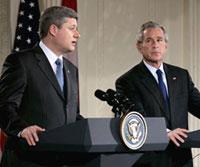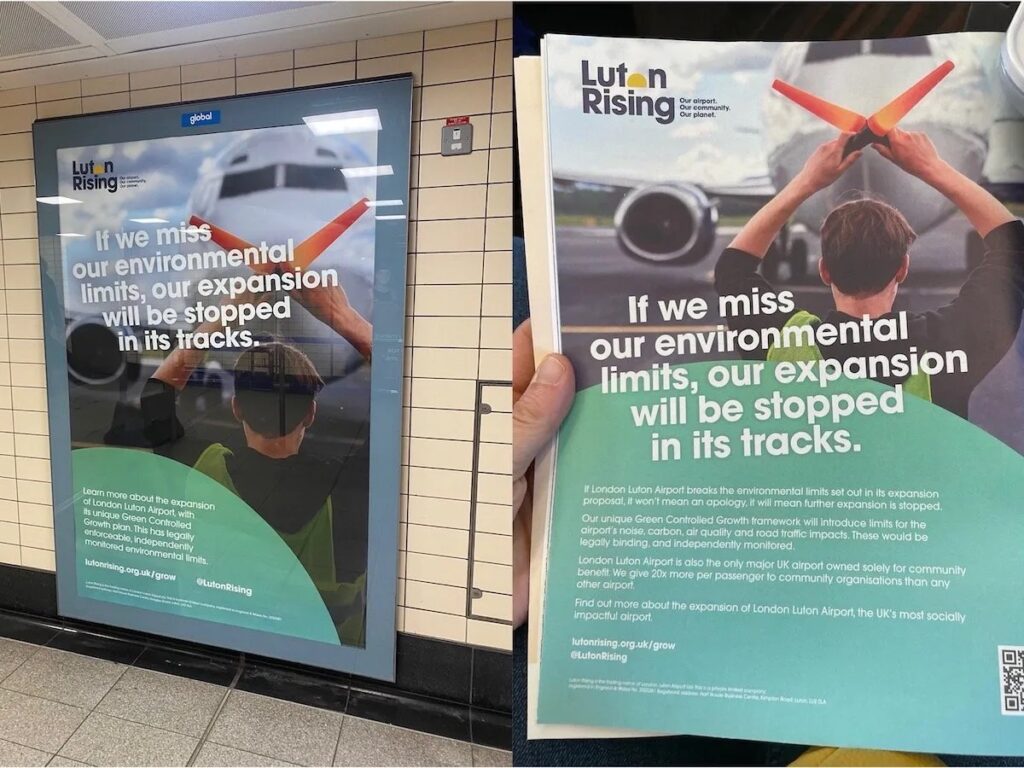If you owned a distillery, you would probably not be in favour of prohibition.
So it is little wonder why Harper is apposed to binding emission targets at the UN climate negotiations in Bali.
Harper’s adopted province of Alberta is home to the second largest oil reserves in the world, and the good times are just starting to roll. For decades, the tar sands have been far too expensive and energy intensive to make sense. But with crude oil prices pushing $100 a barrel, the oil patch boys are looking at some serious returns on their investment.
The tar sands have about 175 billion barrels of extractable reserves based on oil prices from 2005 – already long out of date. With break-even costs around $28 a barrel, oil companies may rake in over $12 trillion in profits over the lifespan of the tar sands.
This of course makes the unlikely assumption that world oil prices will remain below $100 a barrel decades into the future. With peak oil upon us, eventual profits may be much higher. So too might the extractable reserves. 175 billion barrels represents only 11% of the known 1.6 trillion barrels of tarry oil that underlie more than 12% of the Alberta landmass.
Beyond mere money looms the energy imperatives of Canada’s thirsty neighbor to the south. With the US embroiled in a costly and unpopular war in Iraq, George Bush committed in his state of the union address in 2006 to end his country’s addiction to Mideast oil.
What he did not intimate to his country or ours was that the slack was to be made up not from conservation but from the Alberta tar sands –now deemed to a national security objective of the US government.
The same week that Harper took office in 2006, Canadian officials helpfully committed to a five-fold increase in tar sands production during secret meetings with their US counterparts in Huston Texas – one week prior to Bush’s address to the nation.
Which brings us to carbon caps. Plan A for Harper, Bush and oil companies is for tar sands development to continue at full tilt boogie until all the oil is gone. The only thing that might conceivably prevent that from happening is binding international emissions targets.
The conflict between carbon caps and the tar sands is simple. Production and downstream emissions for Alberta synthetic crude are around 638 kg carbon dioxide per barrel – considerably higher than conventional oil. Based on extractable reserves of 175 billion barrels, the tar sands will eventually contribute an incredible 112 billion tonnes of CO2 to the planet’s atmosphere. Released all at once, they would single handedly bump atmospheric CO2 concentrations close to 400 ppm. It’s hard to image meaningful global emissions targets that would not limit the development of the oil sands.
Keep all that in mind as Harper trots out his bizarre position during the UN climate negotiations this week in Bali. He is almost alone among world leaders in insisting that there be no binding emission targets until every country in the world signs on. One exasperated diplomat at the Commonwealth conference last month described Mr. Harper’s position as “a perfect recipe for making sure nothing happens”.
Simply put, Harper, Bush and their oil industry supporters have far too much to lose if the Bali negotiations succeed.
Subscribe to our newsletter
Stay up to date with DeSmog news and alerts






